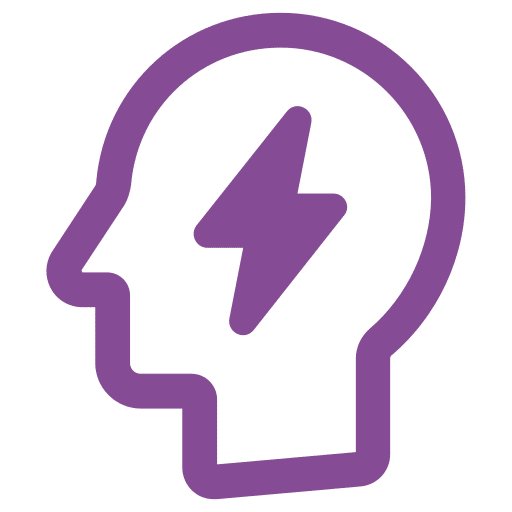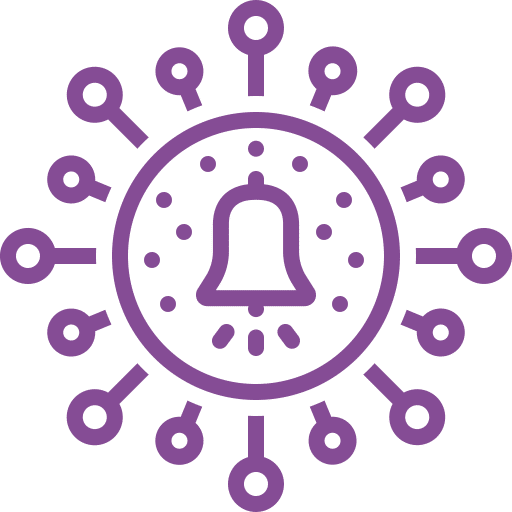Learning Ecosystems should be designed to not only present educational information, but to truly promote learning. There are many factors that improve learning outcomes within learning ecosystems, but two of those factors most strongly impacted by knowledge management technology are motivation and attention.
Motivation
 Motivation is a complex factor to understand, but psychologists, neuroscientists, and learning theorists have amassed quite a body of research. We know that motivation can be positively influenced by intrinsic motivation, experiences of success, and overall positive system user experience.
Motivation is a complex factor to understand, but psychologists, neuroscientists, and learning theorists have amassed quite a body of research. We know that motivation can be positively influenced by intrinsic motivation, experiences of success, and overall positive system user experience.
Learning ecosystems that leverage curiosity and interest to drive intrinsic motivation create much better learning outcomes than learning ecosystems which depend upon compulsory training or fear. There are obviously a lot of process and cultural elements that influence curiosity and interest-driven learning, but knowledge management technology has a role to play as well. In knowledge management, we talk a lot about the findability and discoverability of information:
- Findability describes the ability of a system user (in this case a learner) to find the information for which they came to the system. If I want to learn the basics of graphic design, I might execute a search for “graphic design basics.” Findability refers to my ability to find a beginner eLearning course so I can get started.
- Discoverability describes the ability of the learner to discover new information in the system which is useful – but for which they weren’t even searching. In the example above, I search for “graphic design basics” and find an eLearning course, but I also find an entire training plan with multiple levels of graphic design proficiency and supporting learning assets for each. I didn’t know those additional resources were there, but I’m thankful to discover them as they provide me not only with the course, but with a roadmap to continue advancing my skills.
A well-designed knowledge management portal supports both findability and discoverability of learning assets. Enabling the discoverability of additional learning assets and learning paths inspires curiosity and helps create an intrinsic motivation to learn.
Research shows that learners who experience success are also motivated to keep learning. Knowledge management technology can build success experiences into your organization’s learning ecosystem by automatically conferring certificates when learners complete metadata-enabled learning paths. Knowledge management technology can also create personalization of feedback by leveraging some of the same tools we use to deliver a multitude of content personalization experiences – componentized content and a robust metadata strategy.
Motivation is also strongly linked to the overall user experience a learner has with the learning technology. Learning is a process which requires sustained attention and effort, and if a learner is frustrated with outdated information, a lack of cues to guide attention, or visual clutter which creates cognitive overload, motivation is greatly reduced.
Attention
 It is difficult for learners to sustain attention, and many learning activities take place in an online environment where there is fierce competition for that attention. Many traditional training approaches rely on unrealistic expectations of our ability to pay attention. Full-day, instructor-led workshops or even hour-long webinars are examples where learner attention can drop off drastically.
It is difficult for learners to sustain attention, and many learning activities take place in an online environment where there is fierce competition for that attention. Many traditional training approaches rely on unrealistic expectations of our ability to pay attention. Full-day, instructor-led workshops or even hour-long webinars are examples where learner attention can drop off drastically.
Knowledge management technology can provide solutions to this problem. Componentized content can enable the chunking of educational content in such a way that the same core components of content are reusable across multiple learning contexts. SCORM packages promised this benefit, but SCORM was only designed for reuse within eLearning courses. With ever-increasing demands on learner attention, we know that diverse learning opportunities – including informal learning and social learning – are absolutely critical. Componentized content in a CCMS can actually enable the reuse of content in any context – not just in courses.
A Headless CMS delivery architecture can provide further benefits and allow for the personalized delivery of these reusable learning asset components across multiple learner experiences. If you’ve created a reusable learning asset that explains how to create a budget report, a Headless CMS would enable you to publish that information to:
- A checklist that provides context for a project manager to create and update the report; and
- An explanatory reference sheet for a department director that explains how to apply the information in the report for department-level strategic planning.
When we leverage the latest knowledge management technology to create reusable, componentized learning assets, which can be reused across multiple learning experiences, we allow ourselves to create shorter, varied, and personalized learning experiences, which will help our learners sustain their attention and improve learning outcomes.
Summary
A modern workforce faces many demands for their time and attention and it’s easy for learning to get put on the back burner – even for those of us who love learning. When designing a learning ecosystem, it’s important to remember the learning theory that helps us best support learners and set them up for successful learning outcomes. Supporting learner motivation and attention are key. Knowledge management technology has the potential to improve the motivation and attention of learners – and thereby increase learning outcomes. If you’d like to apply knowledge management best practices to the design and development of your learning ecosystem, EK can help.
